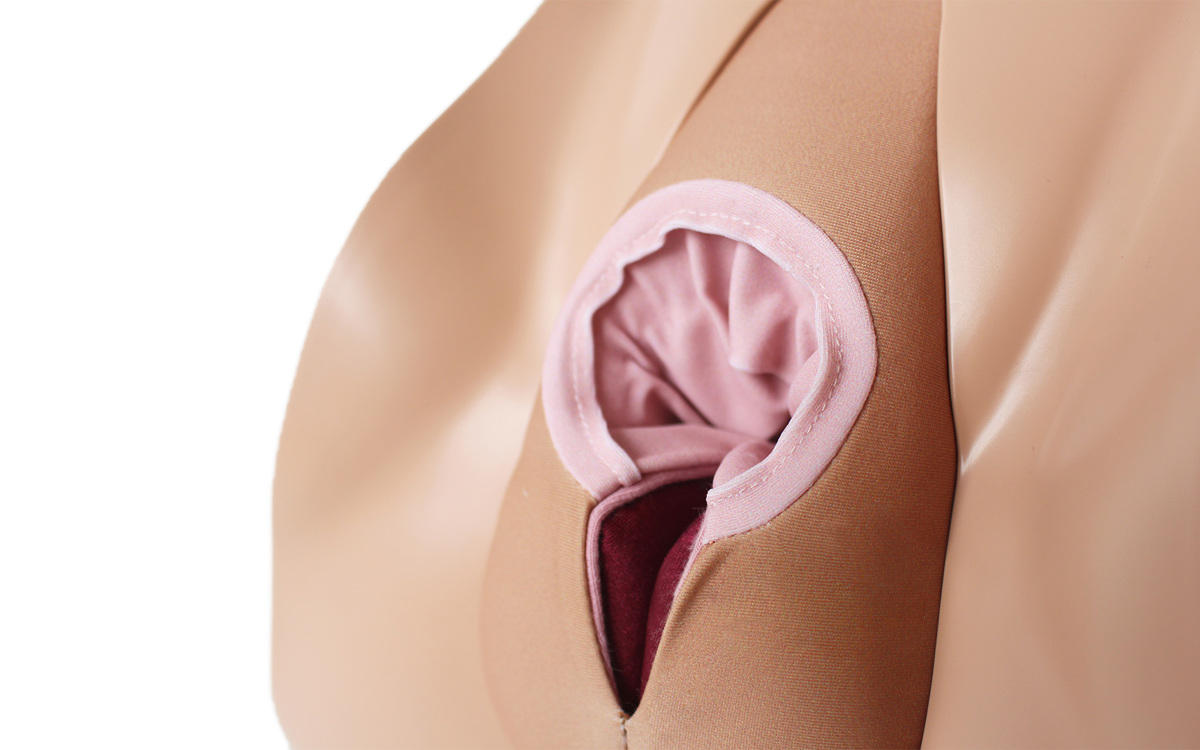Perineal Repair: Improving Knowledge, Skills, and Confidence
Evidence shows that 85% of women experience a perineal injury. With this in mind, it is imperative that obstetric practitioners have the skills to master perineal repair.

Pregnancy and childbirth are very important events in a woman’s life. When considering childbirth, most women feel some level of anxiety related to the increased responsibilities that lie ahead, as well as the painful labour process and the potential for perineal injury at delivery.
There are many studies that discuss ways to prevent perineal trauma at delivery that have been used by women and their healthcare providers both before and during childbirth. The interventions that are most supported by evidence include:
- Antenatal perineal massage
- Exercise in pregnancy
- Water labour/birth
- Epidural vs narcotic pain relief
- Early or delayed pushing with epidural
- Coaching: pushing vs no instruction
- Second stage stretching massage of the perineum
- Hands on vs hands poised: perineal support (5)
Despite best efforts before and during labour, evidence shows that “85% of women experience a perineal injury, and at least one-third of them experience spontaneous perineal laceration.”(3) With this in mind, it is imperative that obstetric practitioners are provided with ongoing education and the ability to build and maintain skills to master perineal repair.
As with all safe patient care, perineal repair skills should not be taught during the childbirth process. “The working ergonomics during postpartum perineal repair poses challenges with regard to educating and training midwives and obstetricians.
Complicated tears, limited visual overview, and patient discomfort during the procedure are stress factors for the learning situation. The trainee is often used as an assistant, and this can have a negative impact for the training. For the teacher the limited space and overview can be a challenging place to teach.”(4)
“Several regulatory bodies and national organizations have begun to require simulation of obstetrician-gynecologists, and the newer generation of physicians has experienced simulation throughout their training…In recent years, more and more evidence has emerged showing improvements in participant confidence, skills, behaviors, and, finally, patient outcomes following simulation program implementation.”(2)
Since the requirement changes were implemented, multiple studies have found that “the introduction of an educational program in perineal assessment and repair is effective in improving knowledge, confidence and skills of participants.”(1)
Overall, the literature supports both initial and ongoing practice of perineal repair in order to maintain skills for all practitioners. Simulation has been proven to be an effective means of teaching these skills in a safe environment for learners. Further support of this notion was completed in a comprehensive literature review on perineal repair which concluded:
- “Structured hands-on skills training that includes multimodal learning is effective for teaching perineal repair skills
- More opportunities to practice perineal assessment and repair skills leads to increased levels of confidence
- One-day workshop is as effective as a two-day workshop to teach perineal wound assessment and repair skills
- Knowledge and skills are retained from this type of education up to six months post the intervention”
- For over 30 years, Limbs & Things has provided training equipment that allows healthcare providers to obtain and maintain essential skills using deliberate practice. Our products cover all levels of provider, from novice to expert. If you would like information about the perineal repair range of products, don’t hesitate to reach out to your local representative or our customer service department
References:
- DIAZ MP, ET.AL EFFECTIVENESS OF STRUCTURED EDUCATION AND TRAINING IN PERINEAL WOUND ASSESSMENT AND REPAIR FOR MIDWIVES AND MIDWIFERY STUDENTS: A REVIEW OF THE LITERATURE.
- DILLON, S. SIMULATION IN OBSTETRICS AND GYNECOLOGY: A REVIEW OF THE PAST, PRESENT, AND FUTURE. OBSTETRICS AND GYNECOLOGY CLINICS OF NORTH AMERICA, [S. L.], V. 48, N. 4, P. 689–703, 2021. DOI 10.1016/J.OGC.2021.07.003.
- BĄCZEK G, RZOŃCA E, SYS D, RYCHLEWICZ S, DURKA A, RZOŃCA P, BIEŃ A. SPONTANEOUS PERINEAL TRAUMA DURING NON-OPERATIVE CHILDBIRTH—RETROSPECTIVE ANALYSIS OF PERINEAL LACERATION RISK FACTORS. INTERNATIONAL JOURNAL OF ENVIRONMENTAL RESEARCH AND PUBLIC HEALTH. 2022; 19(13):7653.
- OPTIMIZING TEACHING AND TRAINING IN POSTPARTUM REPAIRS.
- THE OASI CARE BUNDLE QUALITY IMPROVEMENT PROJECT: LESSONS LEARNED AND FUTURE DIRECTION
Did you like this article?
Share on social media and remember to tag us!

